Staying Fit

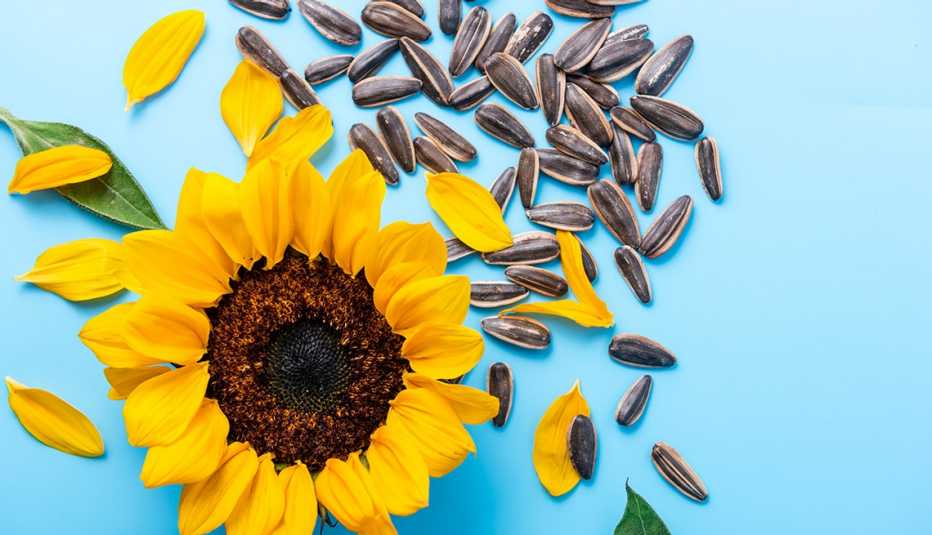
Growing your own food can be incredibly rewarding – and healthy. It’s an easy way to get vitamin D, boost your agility and ease stress. Plus, tending an indoor or outdoor garden can help you dig into the healthiest version of plant-based superfoods.
“You can lower your cholesterol, inflammation and blood pressure levels by eating more plants,” says Sharon Palmer, associate faculty for the M.S. Sustainable Food Systems program at Prescott College, and author of The Plant-Powered Plan to Beat Diabetes: A Guide for Prevention and Management. “Homegrown produce is amazing, as there are benefits to spending time in the garden and eating foods that don’t rely on synthetic pesticides and fertilizers.” There are also ways to make growing your own food more manageable if you have arthritis or physical limitations, such as container gardening.


AARP Membership— $12 for your first year when you sign up for Automatic Renewal
Get instant access to members-only products and hundreds of discounts, a free second membership, and a subscription to AARP the Magazine.
Here are 10 beginner-friendly superfoods that work for every type of living space and level of experience.

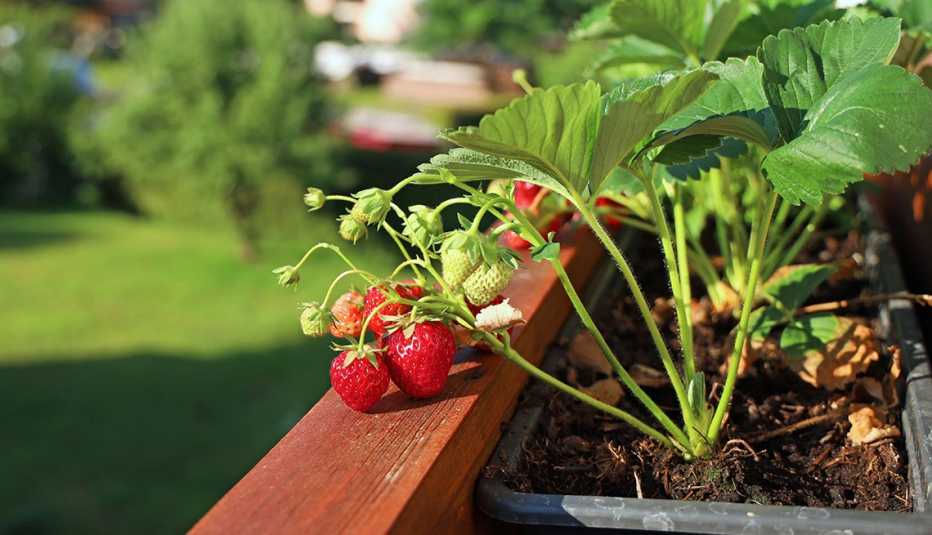
1. Strawberries
Why they’re good for you: Strawberries are packed with heart-healthy phytochemicals. Research indicates that regularly eating strawberries may enhance circulation to your heart, the key to preventing conditions such as a type of chest pain called angina.
How to grow them: To enjoy strawberries for a season, sow your seeds of choice a half-inch deep in seedling trays, spaced 6 inches apart. When seedlings are 3 inches tall, thin them out by removing the weakest of the bunch and transfer into a classic strawberry pot or window box, spaced at least 18 inches apart. Allow no more than three runners, horizontal stems that yield “baby” clone plants, per container. Grow in at least six hours of sunlight a day, but 10 or more hours are ideal. Grow perennial strawberries in raised garden beds or in-ground garden beds, using straw mulch to protect against the cold in fall or winter.
Helpful tip: The best varieties of strawberries for gardening in small spaces include Seascape, Temptation, Tristar and Albion. “It’s a very empowering and beautiful thing to be able to garden from seeds,” says chef Erica Wides, creator and host of the Funny People Making Food YouTube cooking show. “Choosing from different varieties often leads to eating foods a lot higher in nutrients, because they haven’t been hybridized to death.”

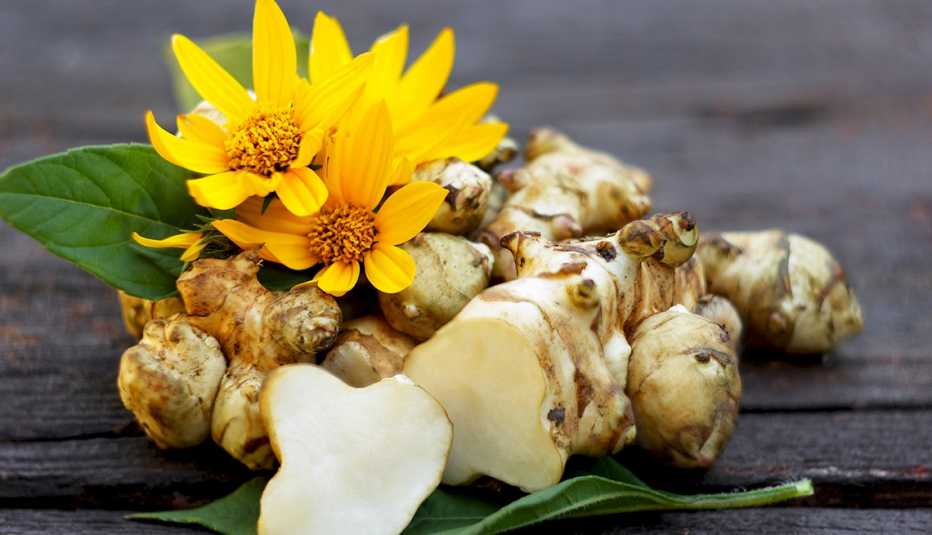
2. Sunchokes
Why they’re good for you: Sunchokes are a healthy, high-fiber root vegetable that look like crinklier, knobbier white potatoes — with far fewer carbohydrates. And they yield a beautiful sunflower that gives them their name. A study in the journal Horticulturae found the tubers are unusually high in inulin, a prebiotic that helps control blood sugar. Another study, in the journal Nutrients, found older adults who eat sunchokes (techically Helianthus tuberosus) for breakfast have healthier digestion. Unlike potatoes, you don’t have to peel sunchokes before cooking them, but they are prepared the same way: diced and boiled, baked or pan-fried into a yummy substitute for chips.
How to grow them: Sunchokes are usually grown from tubers with the eyes facing skyward. For indoor gardens, plant no more than 5 inches deep, spaced at least 1-3 feet apart. For outdoor gardens, plant tubers with the same technique in a 5-gallon container (grow bags also work nicely), a raised garden bed or an in-ground bed. Grow in six to eight hours of full sun per day. Enjoy extra-sweet sunchokes by harvesting them when the flowers die down after the first killing frost.
Helpful tip: While you can pick up tubers at grocery stores, online and at many farmers markets (both to eat and to plant in-ground), you can also grow sunchokes by planting Helianthus tuberosus seeds. Plant the seeds 3 inches deep, spaced at least 3 inches apart in a 5-gallon container or grow bag.
To make the ultimate sunchoke salad, whip up Erica Wides’ recipe below.
Recipe: Summer Superfood SuperSalad with Pickled Strawberries, Feta and Oregano
By Erica Wides
Generously serves 4-6
- 1 pound sunchokes, well-scrubbed, cut into 2-inch chunks if large
- 6-8 radishes, any color, ends trimmed, washed
- Extra virgin olive oil, as needed
- 6-8 large strawberries, quartered and hulls removed
- 1/4 cup red wine vinegar
- 1 tablespoon honey
- 1 pound green beans or yellow wax beans, stem ends trimmed
- 2 Persian or Kirby cucumbers, ends trimmed, thinly sliced on a bias
- 1 tablespoon Dijon mustard
- 1/2 cup crumbled feta cheese (optional)
- 2 tablespoons shelled sunflower seeds or sliced almonds
- 2 tablespoon thinly sliced chives
- 1 tablespoon minced fresh oregano (or 1 teaspoon dried)
- Kosher or flaky sea salt, as needed
- Freshly ground black pepper, as needed
1. Turn oven to 400°F and place a large, rimmed sheet pan on the middle rack and allow it to get hot. If your oven has a convection setting, turn it on.
2. Toss the sunchokes and radishes in a bowl with enough olive oil to lightly coat, and season well with salt and ground pepper.
3. Carefully remove the hot pan from the oven and spread the chokes and radishes over it in a single layer. Return the pan to the oven and roast for about 20-30 minutes, or until the vegetables are lightly browned.
4. Remove from oven and transfer the vegetables to a large serving plate or a wide, shallow bowl.
5. While the vegetables roast, place the strawberries, vinegar, honey and 1 teaspoon salt in a small bowl; gently toss to combine. Set aside.
6. While the strawberries pickle, bring a small saucepan of water to a boil. Add 1 tablespoon of salt to the water and add the beans. Cook for 3-4 minutes, or until the beans are tender but slightly crisp.
7. Drain the beans and run under very cold water to stop the cooking and set the bright-green color. Pat the beans dry on paper towels and add to the serving plate, along with the sliced cucumbers.
8. Using your hands or tongs, gently toss all the vegetables on the plate until mixed.
9. Drain the strawberries, reserving the liquid. Scatter the strawberries over the combined vegetables.
10. Whisk the Dijon mustard into the strawberry vinegar, then slowly whisk in 1/2 cup olive oil. Taste the dressing and add more oil as desired if it’s too acidic. Add salt, pepper or honey, as desired.
11. Drizzle the dressing over the assembled vegetables on the platter, then garnish with feta, sunflower seeds, chives and oregano.
12. Grind a bit more pepper over the salad if desired and serve.

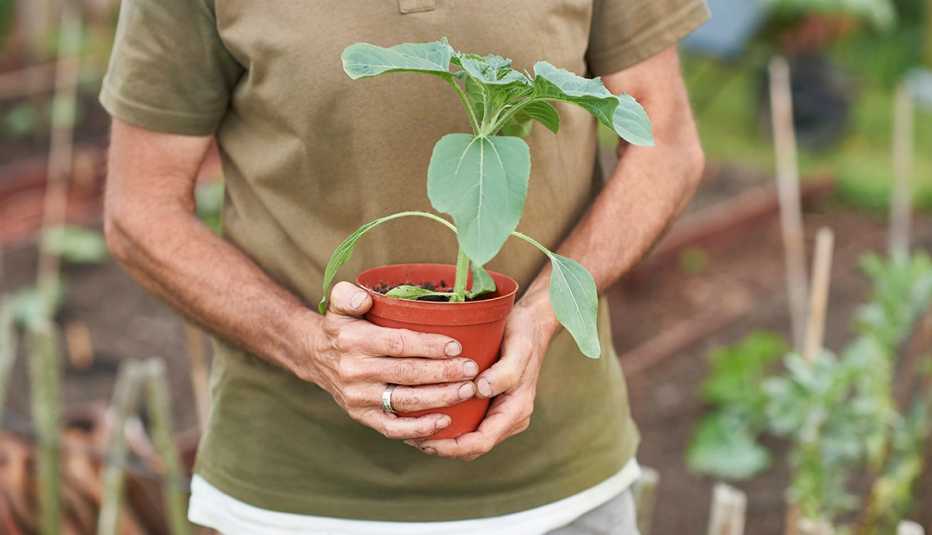
3. Sunflowers
Why they’re good for you: We’re used to snacking on sunflower seeds, but you can also eat the petals. While nibbling on flowers may seem unconventional, “edible flowers have been used in traditional diets throughout the millennia,” Palmer says. “They can add beautiful color and phytochemicals to your diet.” The seeds may also promote healthy blood pressure levels by delivering peptides that mirror the effects of ACE inhibitors, according to researchers from Nanjing Agricultural University in China.
How to grow them: Plant seeds no more than 1-inch deep, spaced about 6 inches apart in seedling trays. Lightly water growing seedlings and thin out at 6 inches tall, spacing the strongest 12 inches apart. Transfer mature seedlings into pots 6-8 inches deep and 10 inches wide. For outdoor gardens, space seedlings 24 inches apart. Grow in six to eight hours of full sun per day.
Helpful tip: For extra-tall sunflowers, feed your plants once every two to three weeks with tomato fertilizer.





























































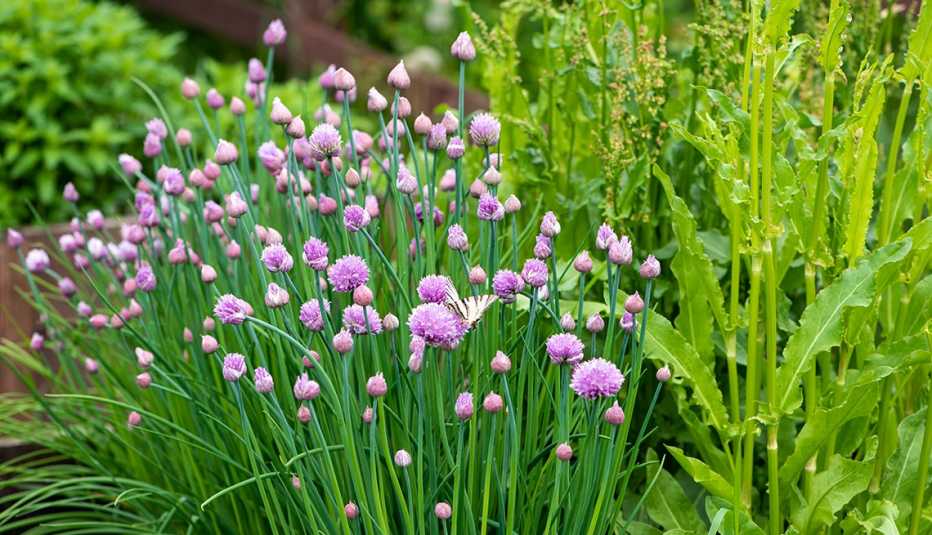
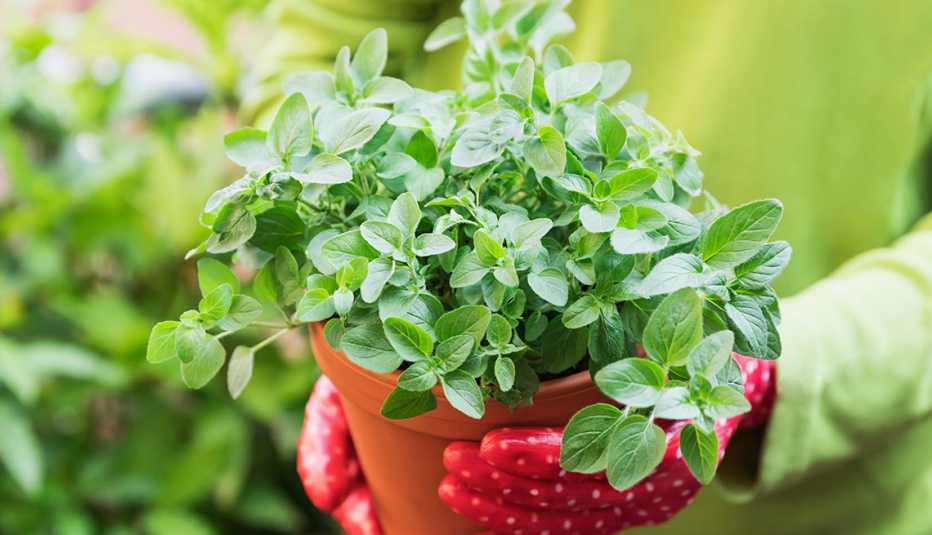
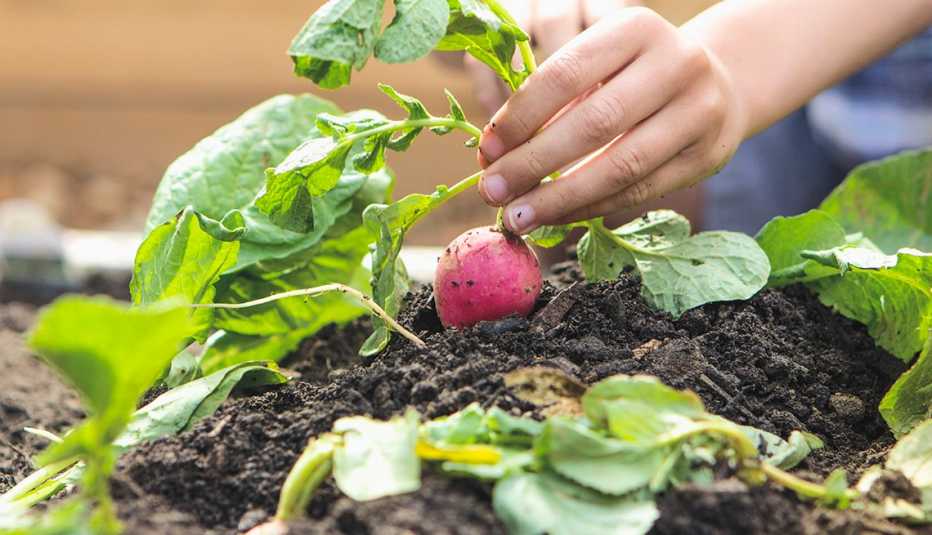
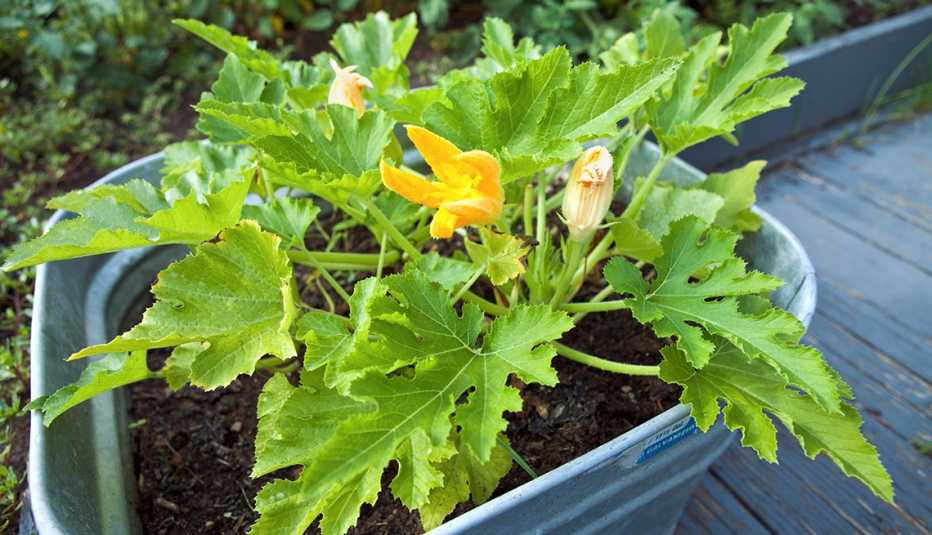

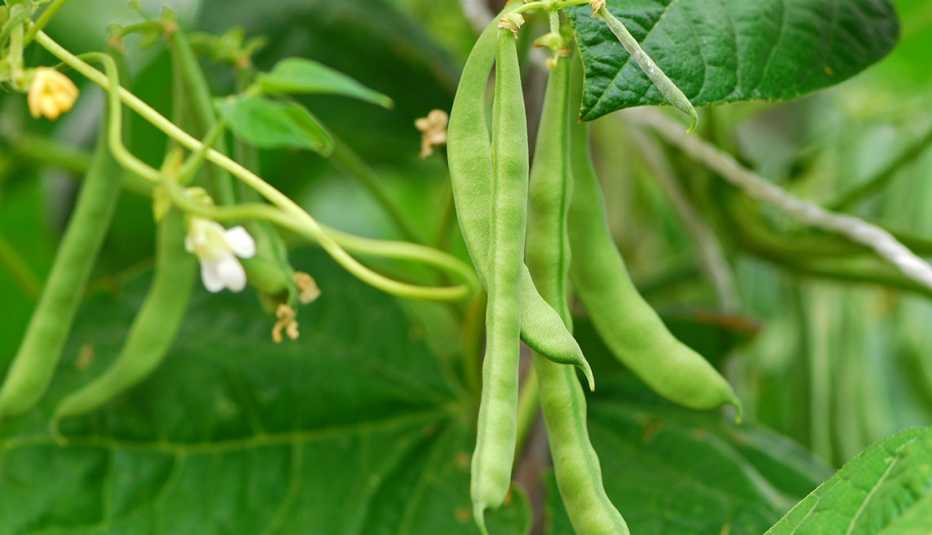
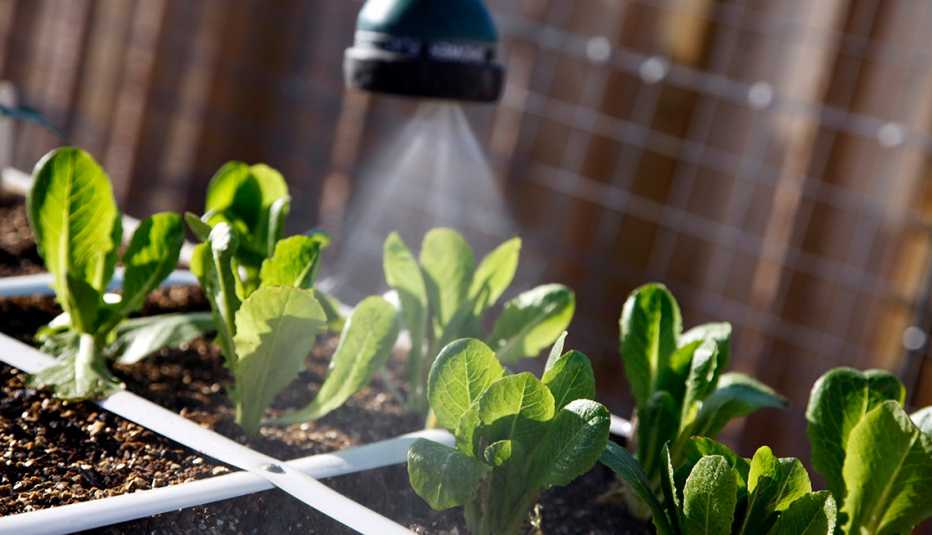
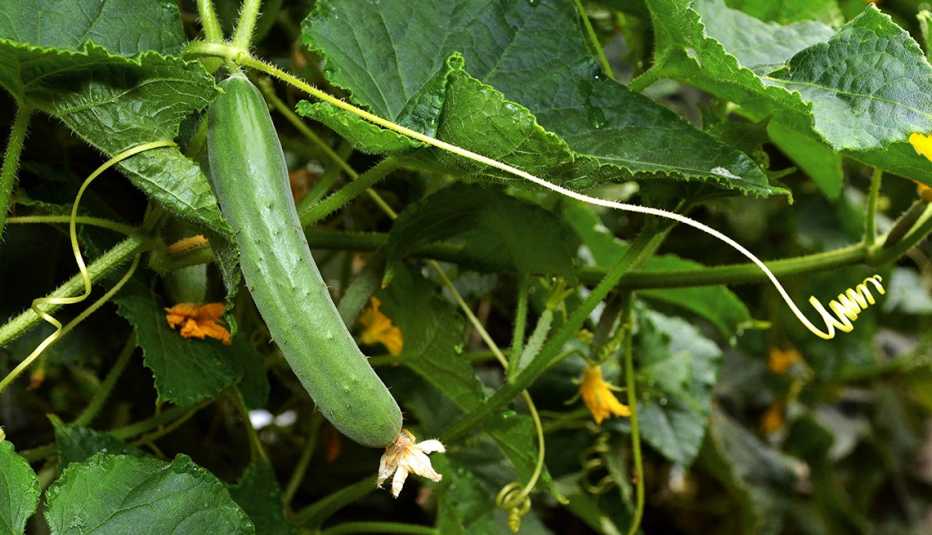






More From AARP
How to Grow Your Own Herbs, Indoors or Out
Add some taste and texture to recipes and save money
Gardening Can Be Within Everyone’s Reach
Smart designs, adaptive tools and a sensible, safety-oriented routine can compensate for age and disabilities
8 Superfoods for Aging Skin
Get your glow back with these nutrient dense, antioxidant-rich foods